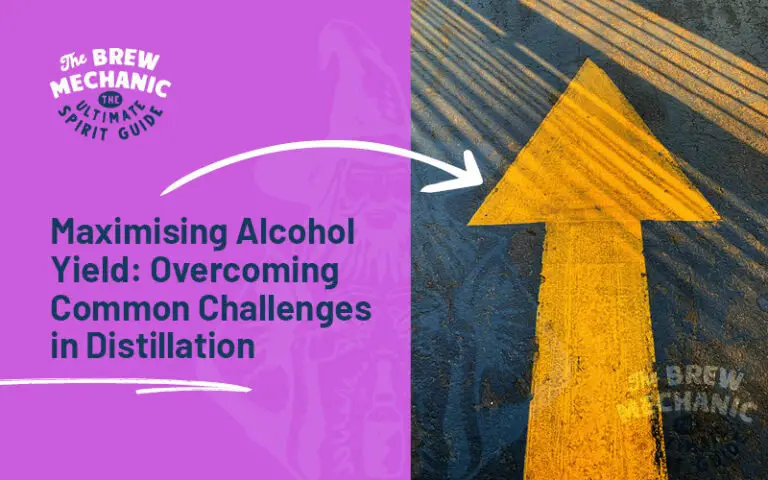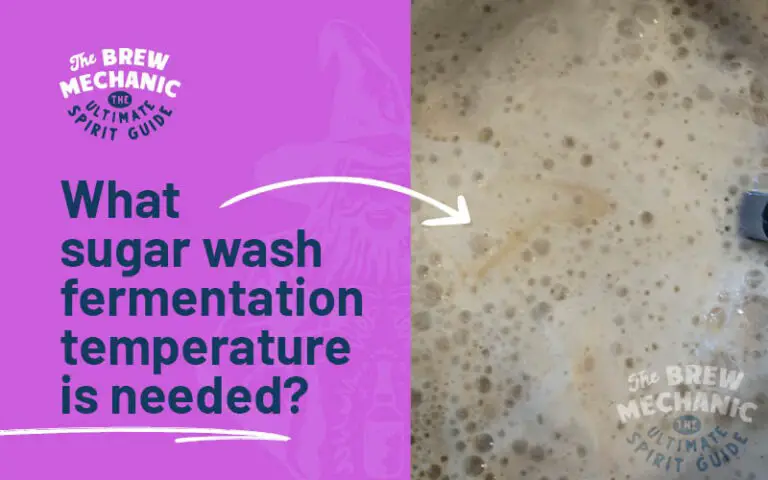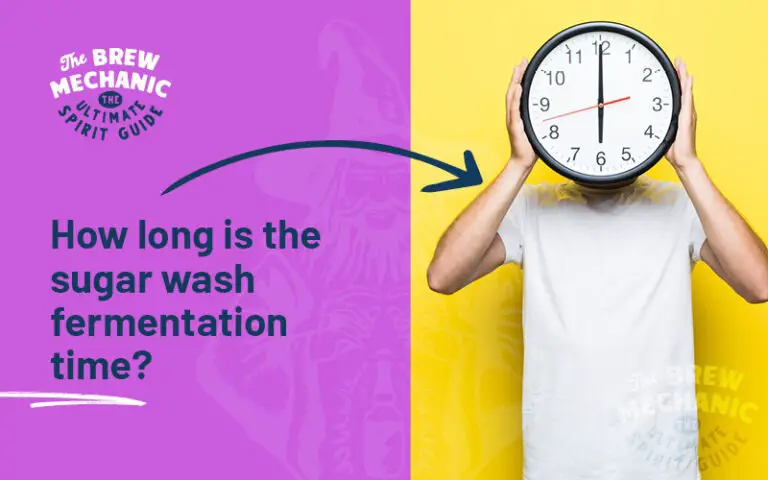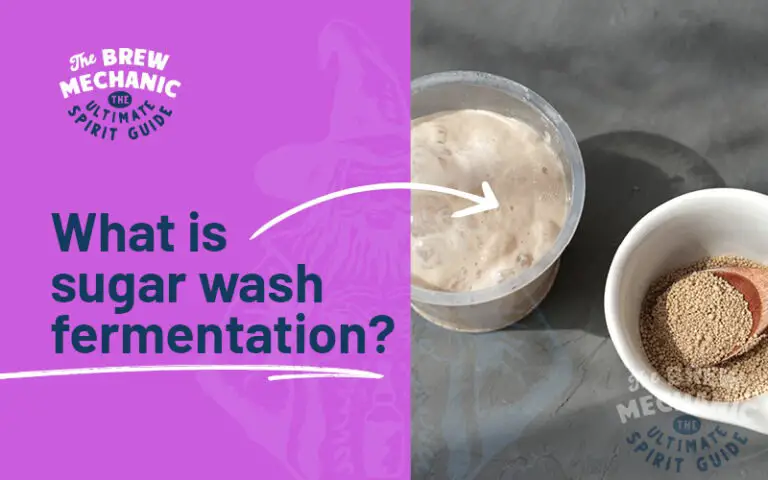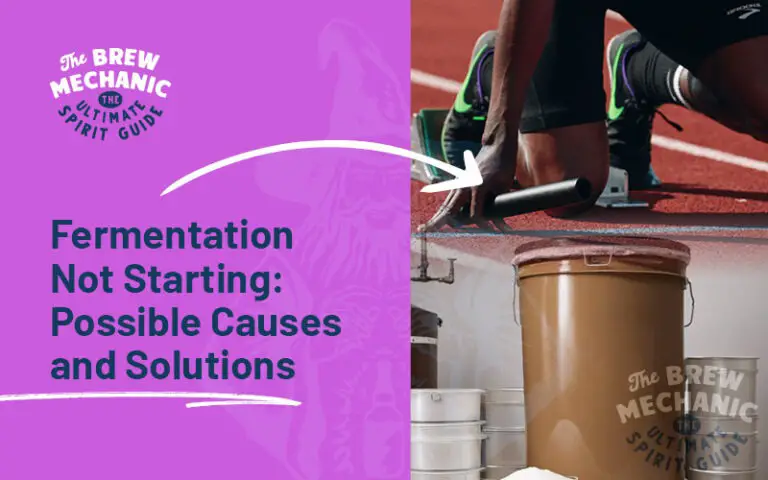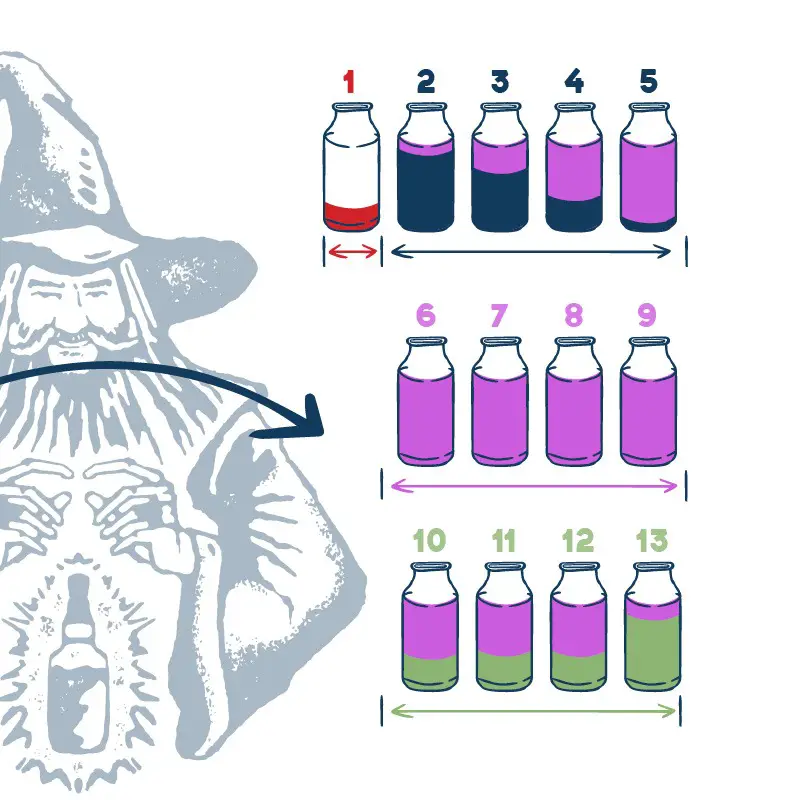The roles of yeast for distilling in Sugar Wash fermentation. EXPLAINED!
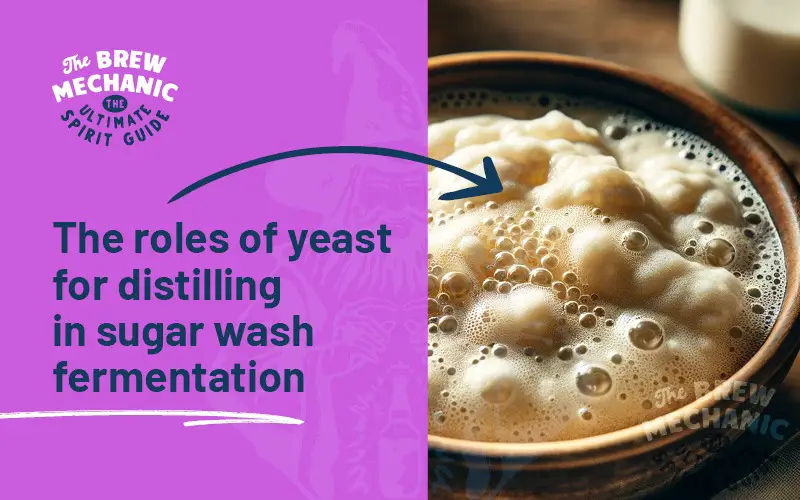
We explore the roles of yeast for distilling, starting with the functions of yeast in the distillation process, and offering an in-depth understanding of how it converts sugars into alcohol. Gain valuable insights into the details of fermentation management and optimise your distilling practices. Ideal for enthusiasts and aspiring professionals, this guide is a resource for understanding roles of yeast in fermentation.
What do we do first When Making Spirits (Sugar wash method)?
Fermentation is the one and only way a neutral spirit can be created. It occurs between yeast and sugar. Under the right conditions – The first step is to get the correct SG in the measured water by adding the sugar. The yeast when added will consume the sugar, converting it into energy, making alcohol (ethanol), CO2 and by-products in the process.
Role Of Yeast for Distilling in Fermentation
Yeast is the heart of the fermentation process contributes to the final taste and aroma and is a living organism, It needs food to thrive.
Once you have added the correct amounts of water, pH, sugar, nutrients etc. The next step is to add the yeast (catalyst). This results in the production of alcohol by reacting (exothermic reaction) with the sugar, nutrients etc.
Types Of Yeast In Fermentation
The yeast strains are broken into those that can tolerate high and low temperatures, there are limits where the yeast will either die or go dormant at high and low temperatures, further broken down into brewers, distillers yeast and baker’s yeast.
This is the tip as there is so much information on yeast which is why you must choose the correct yeast for distilling your application and what works well for you.
Role Of Yeast Strains In The Fermentation Process
The yeast is the heart of the fermentation process affecting the smell and aroma and many variables. Different strains of yeast contribute to the amount of alcohol and concentration made. The common yeast strain used by brewers is Saccharomyces Cerevisiae (sugar fungus).
Changing Yeast Strains
The use of different yeast strains during fermentation contributes to higher alcohol yield and there concentration. Baker’s yeast can make alcohol from 10 to 13%, whereas Turbo Yeast can produce up to 18% and higher. But with the change comes different flavours and aromas. It boils down to what you want.
Role Of Turbo Yeast In Fermentation
The turbo range of yeast targets specific types of alcohols. Vodka, rum and whisky are a few to mention. Common brands are Classic and pure Turbo Yeast. Turbo Yeast is designed to accelerate the fermentation process. Distillers yeast normally takes up to a week and longer.
Role Of Copper In Brewing
Simply put copper is used to reduce the concentration of sulphur in the product when distilled. The drawback to using copper is that it is difficult to clean and uses expensive products compared to stainless steel.
Role Of Nitrogen In The Fermentation Process
Nitrogen (Yan) is important, and nutritional for yeast growth, and multiplication of the yeast cells and helps prevent H2S and mercaptan growth. Insufficient nitrogen in the fermentation stage can lead to batches becoming sluggish and dying. In the DIY family, DI Ammonium Phosphate (DAP) provides nitrogen dose age. The dose age is from 1 gram per 5 litres to aid the yeast from making H2S.
pH Control In Sugar Wash Fermentation
Importance Of Complete Fermentation Before Adding A Coagulant.
Hydration Of The Yeast Before Pitching
How To Hydrate The Yeast For Distilling is Adding To A Fermenter
Fermeter is Now Ready To Fit The Lid
How To Avoid Stress On The Yeast
Common Stressed Yeast Off Flavours
The distiller process to success
The road to success is not an easy one. Takes lots of reading, and report writing for each batch noting all changes along the way to make sure you don’t make the same mistake again. The best yeast for distilling is up to you and what you are after. Do you want full control? Is it to be fast? These questions you need to answer yourself.
Start with a sugar wash and understand all the variables then the next step if that is what you want go to making rum, or whiskey using grains, corn etc. The pot still formulations are not easy and there are no shortcuts to this moonshine as it involves mash.
Last Updated on Nov 20, 2023 by The Brew Mechanic
Disclosure: I may receive affiliate compensation for some of the links below at no cost to you if you decide to purchase a product or service. You can read our affiliate disclosure in our privacy policy. The information provided is for entertainment only.

With 35 years of knowledge of being a chemical engineer in alcohol manufacturing plants, my mission is to teach the next generation of home distilling alcohol brewers at a supernatural speed.
My reviews are based on real-life experiences with reflux stills, sugar wash, troubleshooting and mystical chemical reactions.

